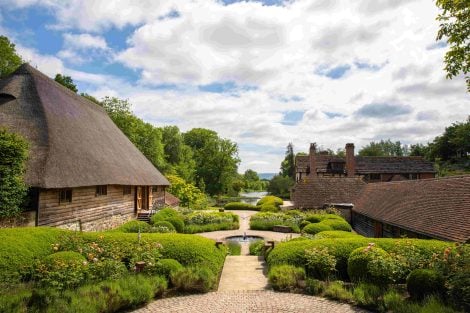by Anastasia Gobbi
There is nothing more romantic than stargazing on a summer night, tracing the outlines of the main constellations with your fingers and pretending to be astronomers. And yet, as ordinary as it may seem, the increasing levels of light pollution are making it ever more difficult to find places where the sky can truly be enjoyed. Thus, among the new travel trends of 2025 —united by the desire to move away from environmentally damaging practices, such as “coolcations” and the revival of rail tourism— astrotourism is gaining ground: a style of holiday centred around observing celestial phenomena in places where light pollution is at a minimum.
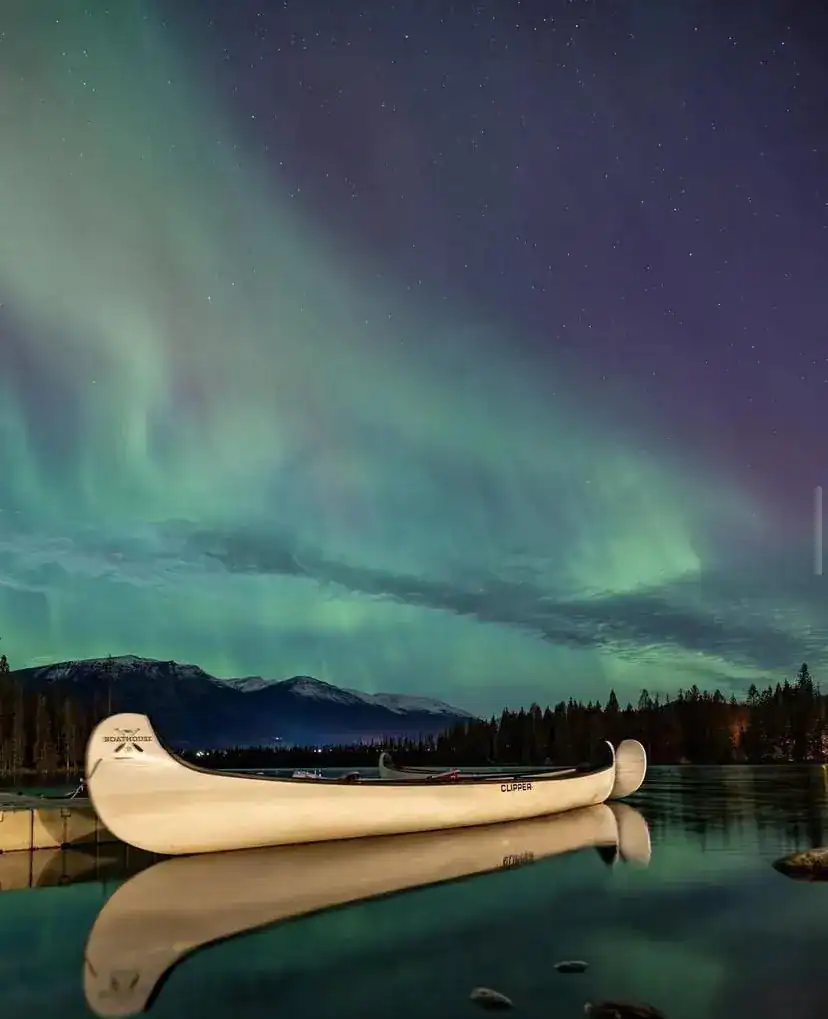
How astrotourism came to be
According to a study carried out by ASMA in Grosseto (an association for astronomical studies), the human eye can see about 2,500 stars when in a dark location. This number drops dramatically—to around 250—on the outskirts of a city, and as low as a dozen when stargazing from an average-lit urban centre. For this reason, more and more astronomers and scientists, as well as enthusiasts and curious travellers, are choosing remote locations for their holidays, far from major urban centres, where the absence of light pollution allows them to rediscover the full splendour of the night sky. Alpine refuges, nature parks, small villages and deserts thus become ideal destinations for those seeking a low-impact yet memorable experience. A kind of tourism of the stars that helps revive unconventional destinations, attract visitors to rural and lesser-known areas, and counter overtourism by promoting a more distributed and sustainable model of travel.
Among the phenomena that most capture the attention of these travellers is not just the beauty of the night sky in general, but also the thrill of chasing rare astronomical events—ones that occur only once every few decades or are visible only from highly specific geographical areas. These require meticulous planning to be at the right place at the right time. One of the groups most drawn to this trend are professional photographers, in search of the perfect shot, often willing to travel across continents to capture the magic of these celestial occurrences.
Riding this wave of enthusiasm, both 2025 and 2026 are set to be particularly promising years for sky lovers thanks to the current solar maximum phase —a cyclical peak in solar activity that brings with it an increase in geomagnetic storms and, as a result, more intense and frequent auroras, even visible at unusually low latitudes. Added to this are several unmissable astronomical events, such as the Perseid meteor shower in August 2025, and the conjunction of Jupiter and Venus expected in November 2025.
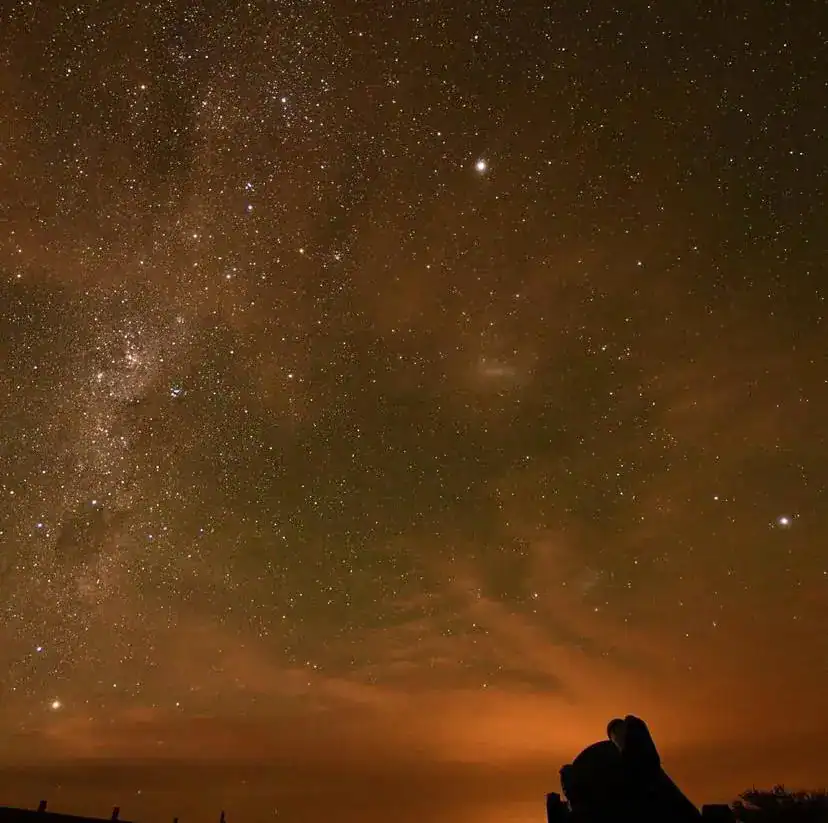
Dark sky reserves
Today, “dark skies” have become a resource to be protected, with several national and international associations issuing quality certifications to nighttime environments, classifying them based on how well they allow the observation of celestial phenomena. Among the most important is the International Dark-Sky Association (IDA), which awards certifications such as “Dark Sky Park” or “Dark Sky Reserve” to locations that meet strict standards for light pollution protection. Other similar organisations operate across Europe and around the world, promoting good lighting practices and raising awareness about the value of starry skies. Among the most renowned and appreciated sites worldwide are Jasper National Park in Canada, the Aoraki Mackenzie International Dark Sky Reserve in New Zealand, and Chile’s Atacama Desert, home to some of the most important astronomical observatories on Earth.
Where to go in Italy:
• Val d’Ega (Trentino-Alto Adige) – Home to a large astronomical observatory, and host of Europe’s first astro-village
• Saint Barthélemy Valley (Valle d’Aosta) – Recognised as the first official “Starlight Stellar Park” in Italy thanks to its virtually light pollution-free sky
• Madonie Regional Park (Sicily) – A certified “Dark Sky Park” offering spectacular landscapes and crystal-clear skies
• Gennargentu National Park (Sardinia) – The surrounding mountains and reserves provide isolated skies ideal for admiring the Milky Way; the Monte Armidda astronomical station hosts public events
• Val d’Orcia, Maremma, and Monte Amiata (Tuscany) – Rural landscapes with wide visibility of the night sky and facilities such as the Chianti Observatory or certified agriturismos

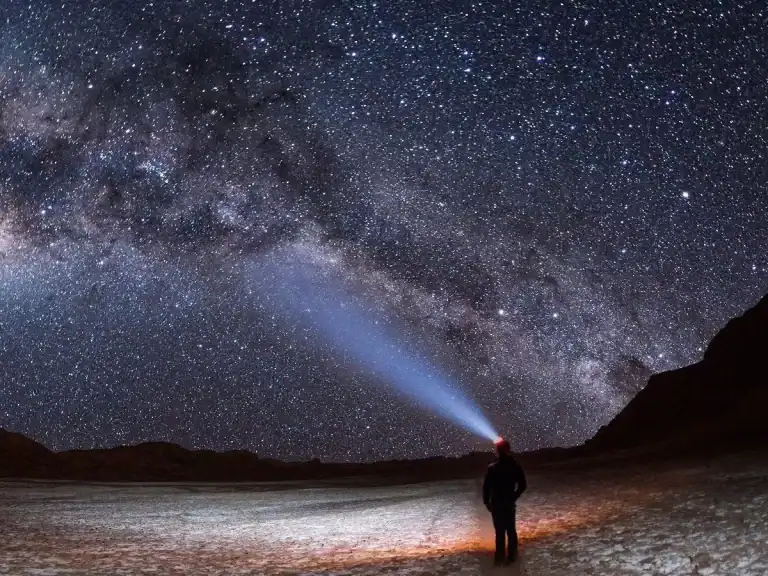
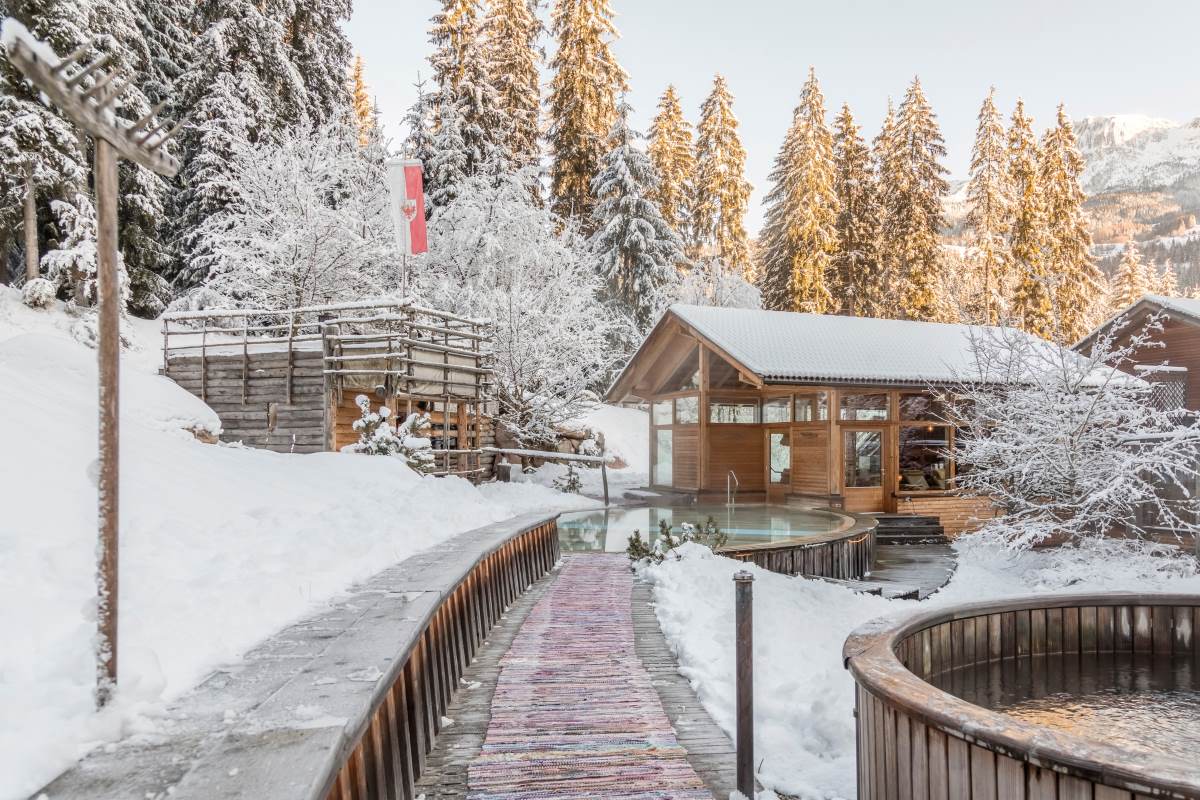 The alpine hotel where you can enjoy outstanding mountain cuisine
The alpine hotel where you can enjoy outstanding mountain cuisine Io Saturnalia! How to celebrate the festive season like an Ancient Roman
Io Saturnalia! How to celebrate the festive season like an Ancient Roman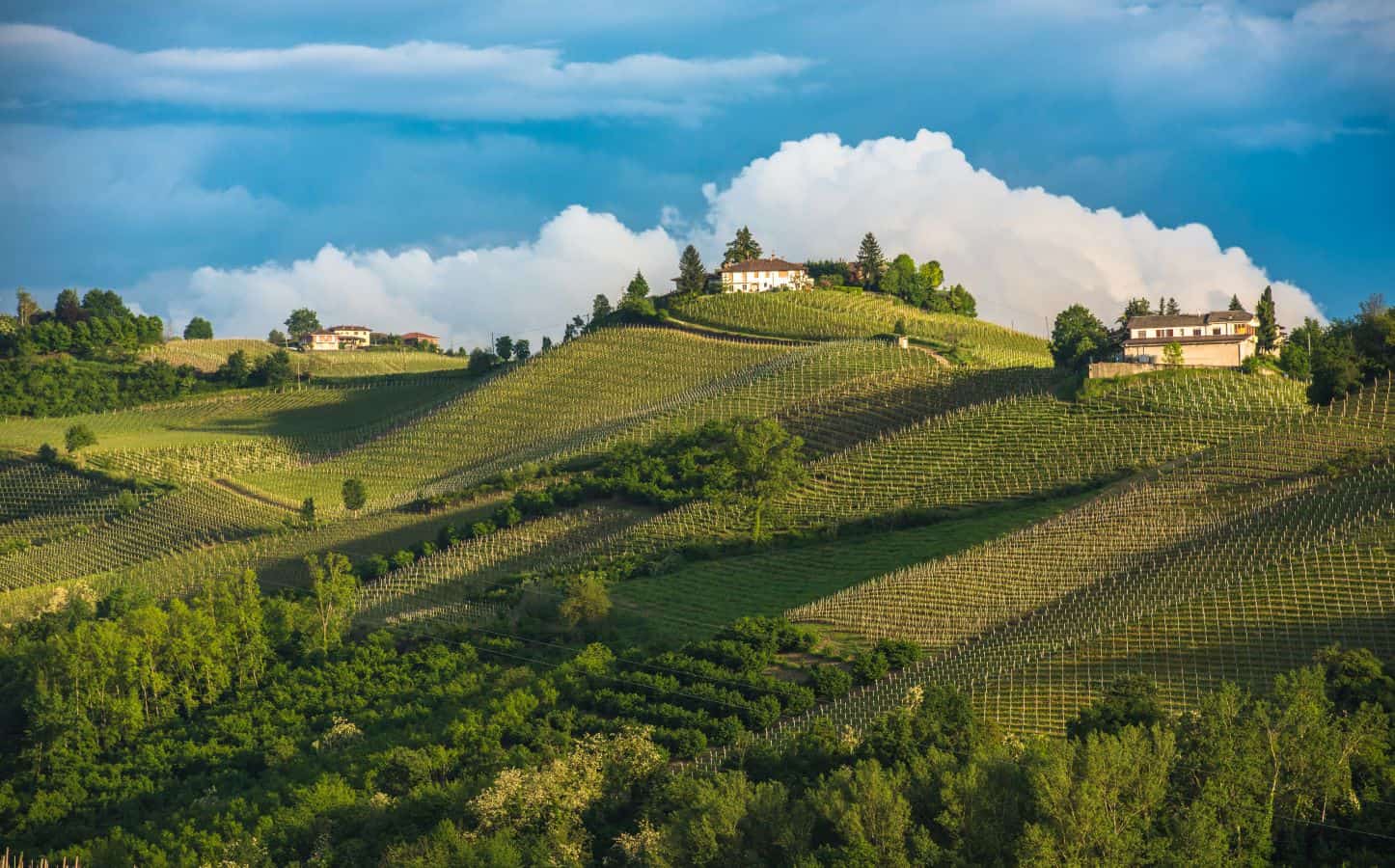 The UNESCO effect: tourism is growing, but there is a risk of losing identity
The UNESCO effect: tourism is growing, but there is a risk of losing identity The perfect pairing? Wine and books
The perfect pairing? Wine and books 2025 was the year of Trump's tariffs – will 2026 be better for Italian wine in the US?
2025 was the year of Trump's tariffs – will 2026 be better for Italian wine in the US?

